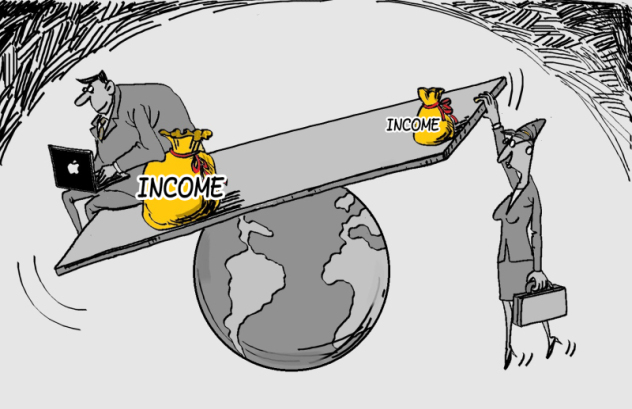India's growth crossroads
As the slowdown in the world's major industrial economies drags on, growth in developing Asia is being affected. A serious burden will likely be placed on the region's major economies, particularly its two giants, India and China. Both countries' external sectors have clearly been hit hard, while domestic consumption is stagnating. Fixed-asset investment in India rose by only 2.3 percent in the first half of 2012, compared to 9 percent a year earlier.
Unlike China, which has shown clear signs of stabilization since mid-2012, there is no clear evidence of recovery in India, as delay in implementing necessary reforms, among other factors, has weakened the economy's competitiveness. While recent government measures are expected to boost economic revival, an additional challenge is that growth must be made sustainable and more inclusive, which requires addressing four key issues.
The first is upgrading the service-sector. India already has a large service sector, which has been a major source of growth. Considering the country's young and growing population, the service sector needs to create more jobs for the millions who will join the workforce every year.
But India's service sector has been dominated by traditional, low-wage output in informal businesses, such as restaurants and personal services. To achieve inclusive growth, India must shift toward modern services, such as Internet connectivity technology, finance, law, accountancy, and other professional business services. The authorities must reduce burdensome regulations to allow the sector to be more competitive and dynamic. Recent government service sector reform has been most welcome.
Second, improvements in the investment climate are vital, especially if India is to realize its potential in manufacturing. India needs to expand dramatically the sources and volume of available infrastructure financing. This will not be possible without private-sector participation, which requires, in turn, a business environment that ensures adequate return on investment, transparency in procurement, and high-quality governance and regulation.
Third, while India possesses some of the world's best managers, scientists, and engineers, a large portion of its workforce is unskilled or semi-skilled, which may constrain the country's ability to deliver inclusive growth. The National Policy on Skill Development marks a welcome shift from the traditional, government-led model of skill development and vocational training to one that emphasizes private-sector-led initiatives.
Finally, there is the challenge of urbanization. Migration to urban centers is causing new cities to emerge and existing ones to expand. India must seize the opportunity to adopt green urban planning early on: mass-transport systems should link satellite cities to ports and megacities, and new cities should be eco-friendly and energy-conserving. The Indian government's recent promotion of dynamic economic corridors between major cities is a step in the right direction.

























